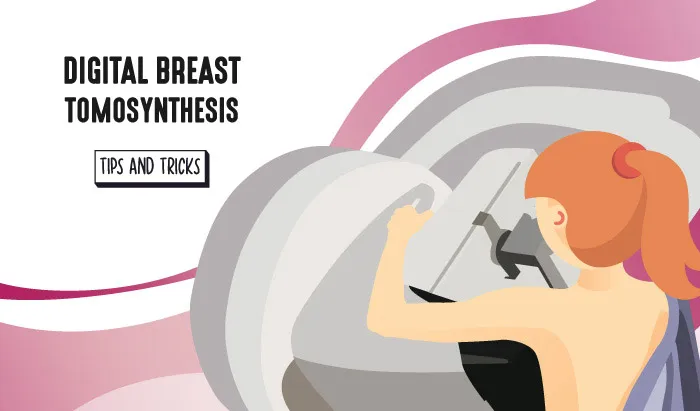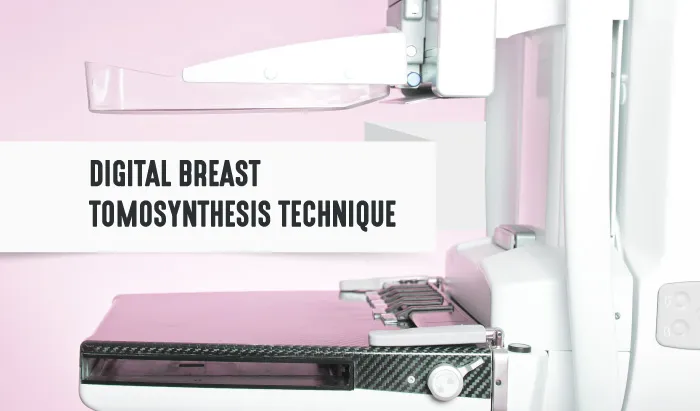DBT: Tips for Acquiring Better Quality Images



Window Level – Brightness

- Post-processing can be done at the technologist’s workstation. Window level and window width can be adjusted. Although, major adjustments are not recommended because the computer has already optimized the image
- An increased window level will result in a decreased brightness; this means the image gets darker
- Decreased window level means the image gets lighter. In other words the brightness will be increased
Window Width – Contrast

- Window width controls the contrast or gray scale. Window width controls the brightness difference or range of pixel values displayed, therefore the contrast
- Increased window width gives more gray scale, and therefore reduces contrast
Comparison of Scan Angles

- Narrow angles allow the most rapid scans but do not reduce overlapping structures as well as a wider scan does
- With a wider scan angle, there is degradation on the in-plane resolution, and microcalcifications can appear less sharp
Angle of the Arc

- The wider the angle of tube swing, the better the separation of superimposed lesions
- A wide angle gives a higher depth resolution and will therefore better reduce the superimposition of breast tissue
Larger Arc Options

- Although it has been identified that the larger the arc of collection, the better defined is the Z (depth) location, no standard has emerged and no best angle has been determined
Wide Scan Angle

- A wider scan angle will reduce the field of view. This means that parts of the breast may miss the detector at the widest angle
- A wider scan angle will increase noise. Which means that some projections must be eliminated meaning fewer projections are available for reconstruction
- The edge of the compression paddle will project in the path of the beam with a wide scan angle
- The wider the scan angle, the longer the scan time

- With a wide scan angle of ± 25° with an 8 cm thick breast, the FOV is reduced by approximately 4 cm on each side (therefore a total of 8 cm)
- The FOV is therefore impacted by the scan angle. As the scan angle increases, the area of the breast that can be fully imaged decreases
- This problem can be solved by using a compression paddle wider than the detector. Although, this can lead to positioning issues, such as the edge of the compression paddle interfering with the positioning of the breast



